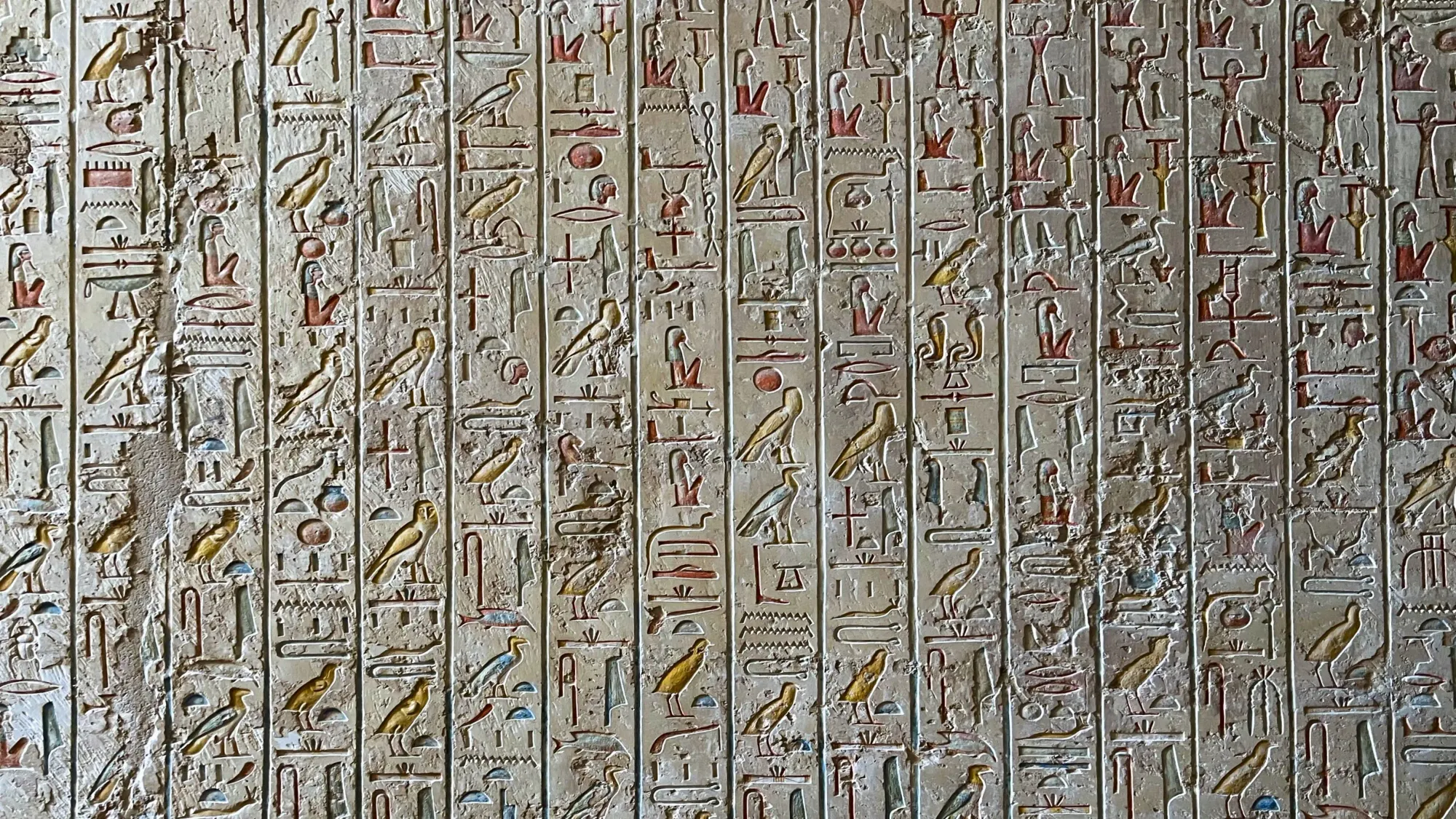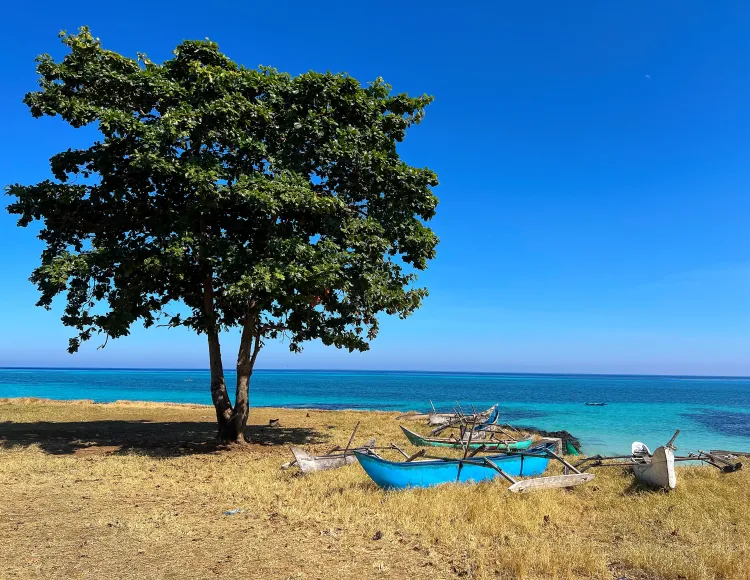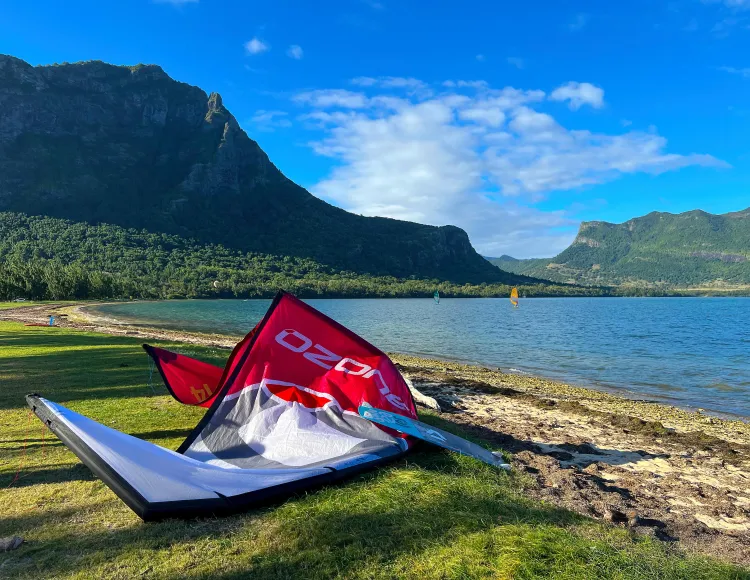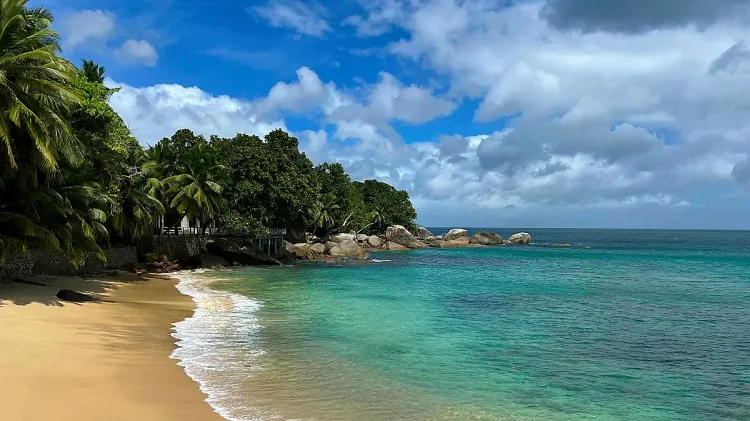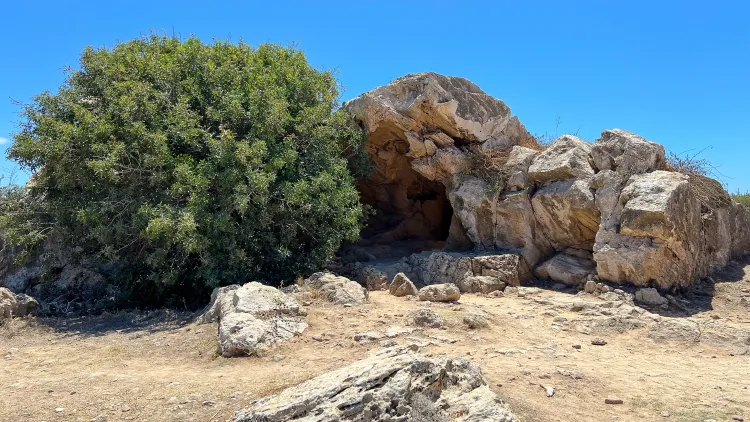Journal #15 - Egypt
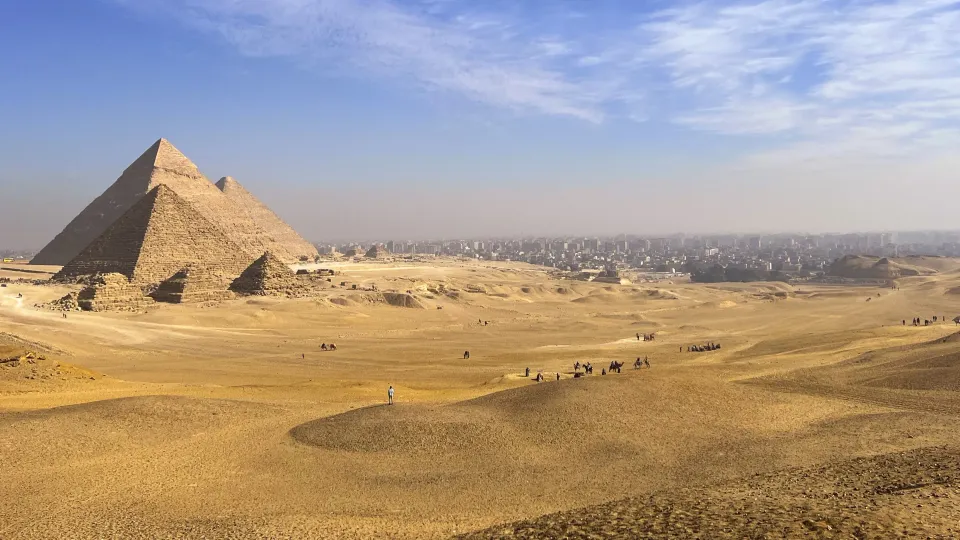
Izayyak from Egypt!
Visiting Egypt was a childhood dream come true. We have been learning about the pyramids and pharaohs for as long as I can remember. So being here in Egypt was definitely a bucket list item for us, and we wanted to do it right. So we called three different places home base during our stay: Cairo, Aswan, and Luxor. We divided our trip into the different kingdoms (old/middle/new) of Egyptian history and saw so much that had been left out of our textbooks in school. So I hope you enjoy reading all about our trip because we loved every minute of our visit.
We began in Cairo, landing here from the flight, we parked it at a hotel that allowed us to see the pyramids from the window, which was surreal. You are just going about your day, working, chatting, and then you look up and see a literal ancient wonder of the world. We had to pinch ourselves several times, just repeating our gratitude for the opportunity to be here and do this type of travel with our life. We did not just look at the pyramids from a distance, but rather booked a tour and spent a day investigating them up close. We started with the Great pyramid and even got the chance to go inside. For this kingdom of Egyptian history though, they had not yet begun decorating the walls of a tomb, and instead it was very plain inside. What was interesting was the decision to make the entrance short. This required everyone who wanted to see the tomb to crawl into the chamber, our guide said that this was done deliberately to prevent anyone from being above the king and force everyone to bow as they entered.
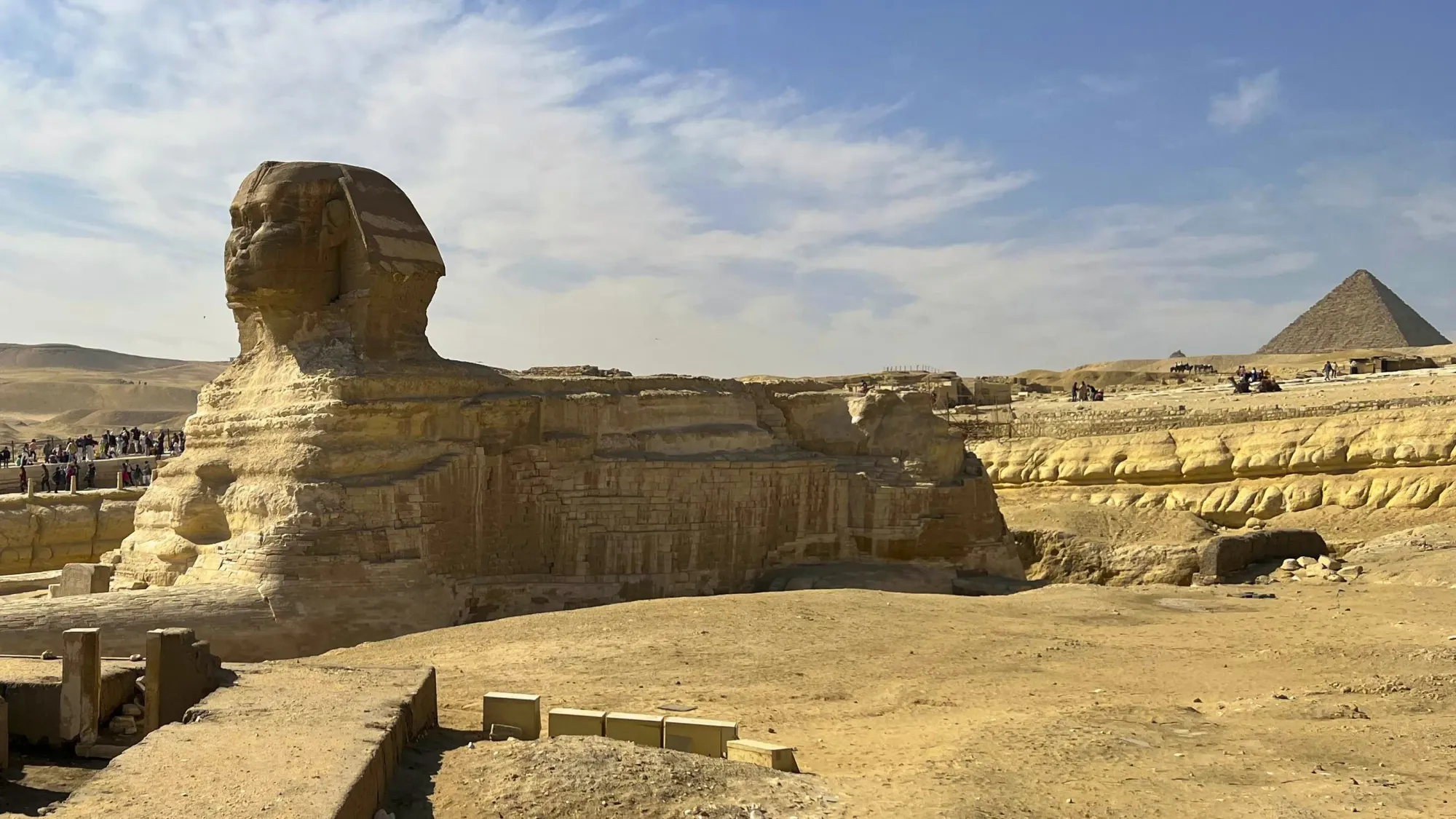
After our excursion into the Pyramid, we had the absolute dream of a chance to ride a camel around the pyramids. We each climbed on our own and then ambled through the sand to the back of the Great Pyramid. From there we could see all nine of the pyramids located in this complex, the big three being the most famous as the tombs of kings, but the remaining six belonging to female members of their families (wives/mothers/etc.). The camels made the whole experience feel so much more like we were going back in time and experiencing these monuments the way they were supposed to be viewed.
After our camel rides, we hopped in the car and took an excursion to Saqqara and Memphis. The capital of Egypt has changed several times throughout the centuries. During the old kingdom, it was Memphis, and in the middle kingdom, it was Thebes. The capital today is Cairo. This was particularly interesting to us since each capital city was actually a pair of cities; Saqqara/Memphis, Cairo/Giza, etc. They were designed this way so that there was the city of life (the capital, where people lived and worked) on the East bank of the Nile (Cairo). Then there was the city of death on the West Bank, where people, namely Kings were buried following a poignant ceremony of crossing the river (Giza). This is why all of the pyramids and tombs are on the West bank. Saqqara is actually home to the “first pyramid” - a step pyramid - the original design before its refinement into what we picture when we think of the pyramids today.
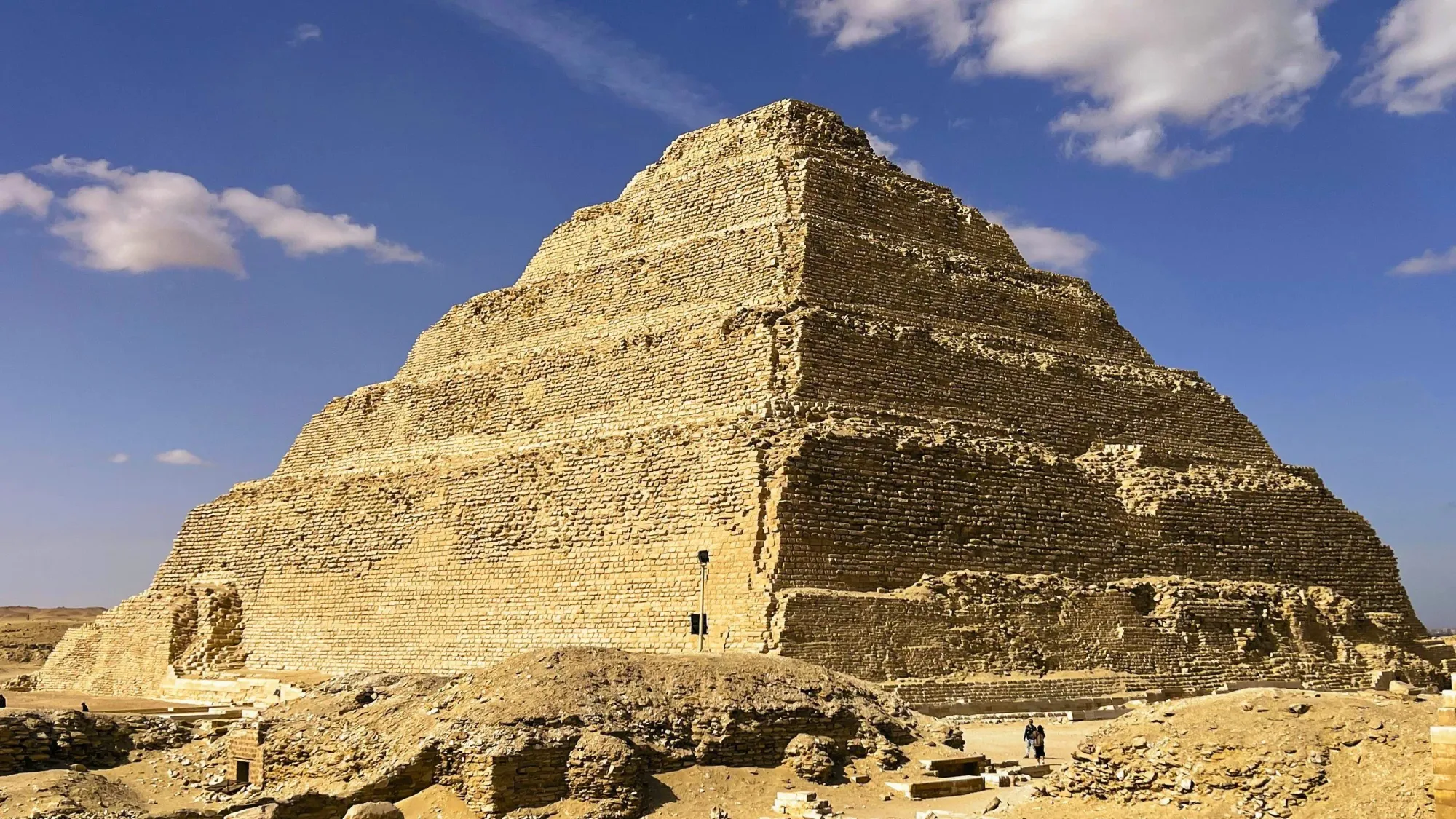
After our adventures in Cairo, we moved on to our second home base in Aswan. This town, in the southern part of the country, is considered part of Upper Egypt. Since the Nile runs south to north, Upper Egypt refers to the southern half of the country, and Lower Egypt is what we refer to as the north. We found our second and third home bases in Upper Egypt. Scattered between the cities are many temples, a multitude of which have been relocated to prevent water damage. This water damage was a result, in part, of the annual flooding of the Nile that occurred throughout Egypt until 1970. At that time, the high dam in Aswan was completed, and for the first time in Egypt’s history, their lands stopped flooding on the banks of the Nile. This has changed the sediment and soil which is having an impact on Egyptian farming but also means that there are no crocodiles in the Nile, so you can swim without that particular fear.
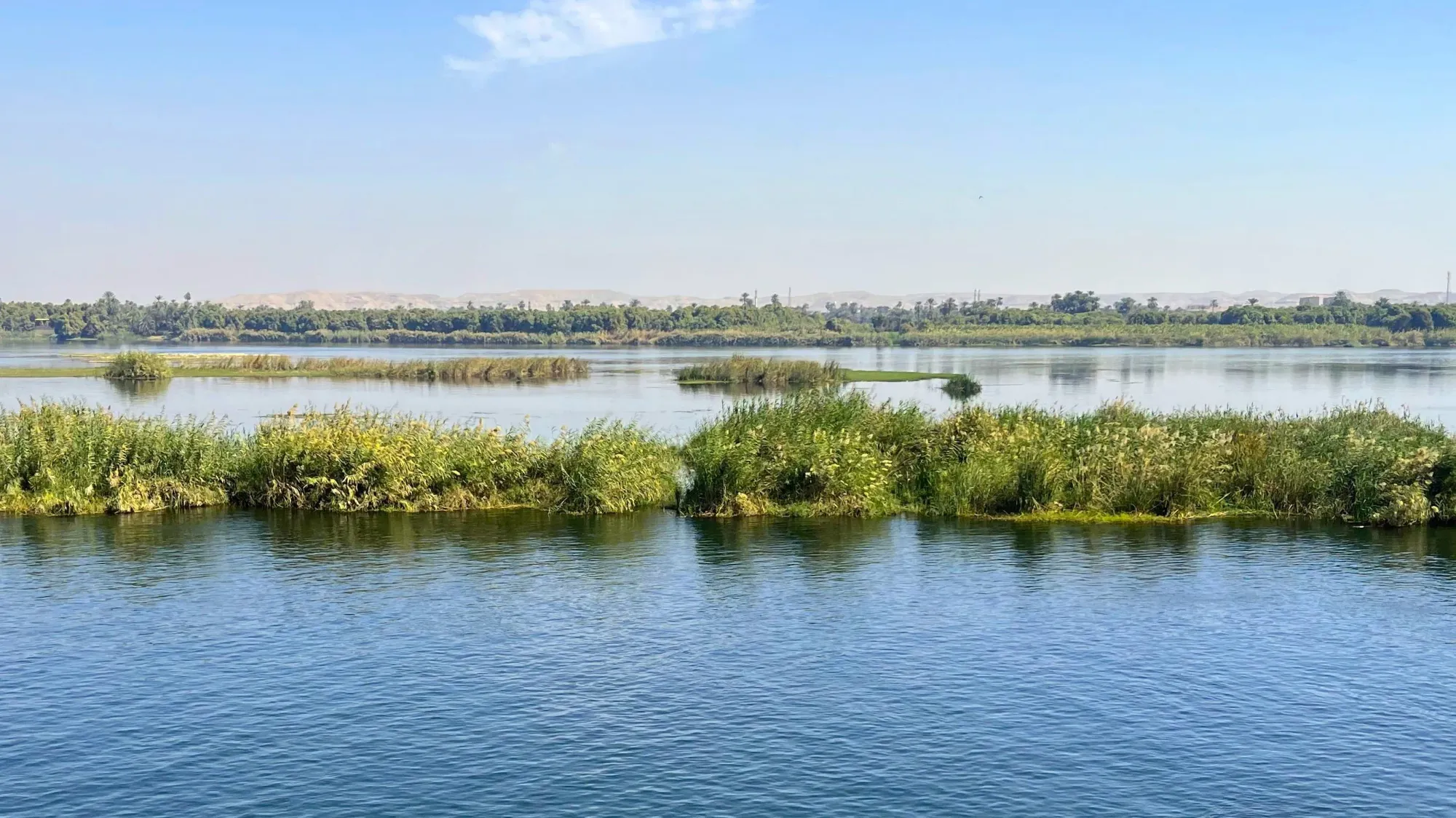
From Aswan, we boarded a boat on the Nile for a river cruise and rode it down the Nile north towards Luxor. Along the way, we stopped at a myriad of temples. These temples have been through a lot over the centuries. The temples were originally crafted in honor of the ancient Egyptian deities; however, during the Coptic period, many of the faces and cartouches were scratched out while the temples housed the Christians. Following that, the temples were abandoned, raided, and neglected for decades. Now finally, ancient houses of worship are in the process of being restored. Some of these temples include the ones we visited. The Philae Temple is a famous example of a structure that was once completely waterlogged but has now been relocated to an island that can keep it dry. At the Kom Ombo temple, you can see hieroglyphics depicting the medical knowledge of the ancient Egyptians and imagery of the different tools they possessed. We also stopped at the Edfu temple, taking a horse-drawn carriage from the river into town.
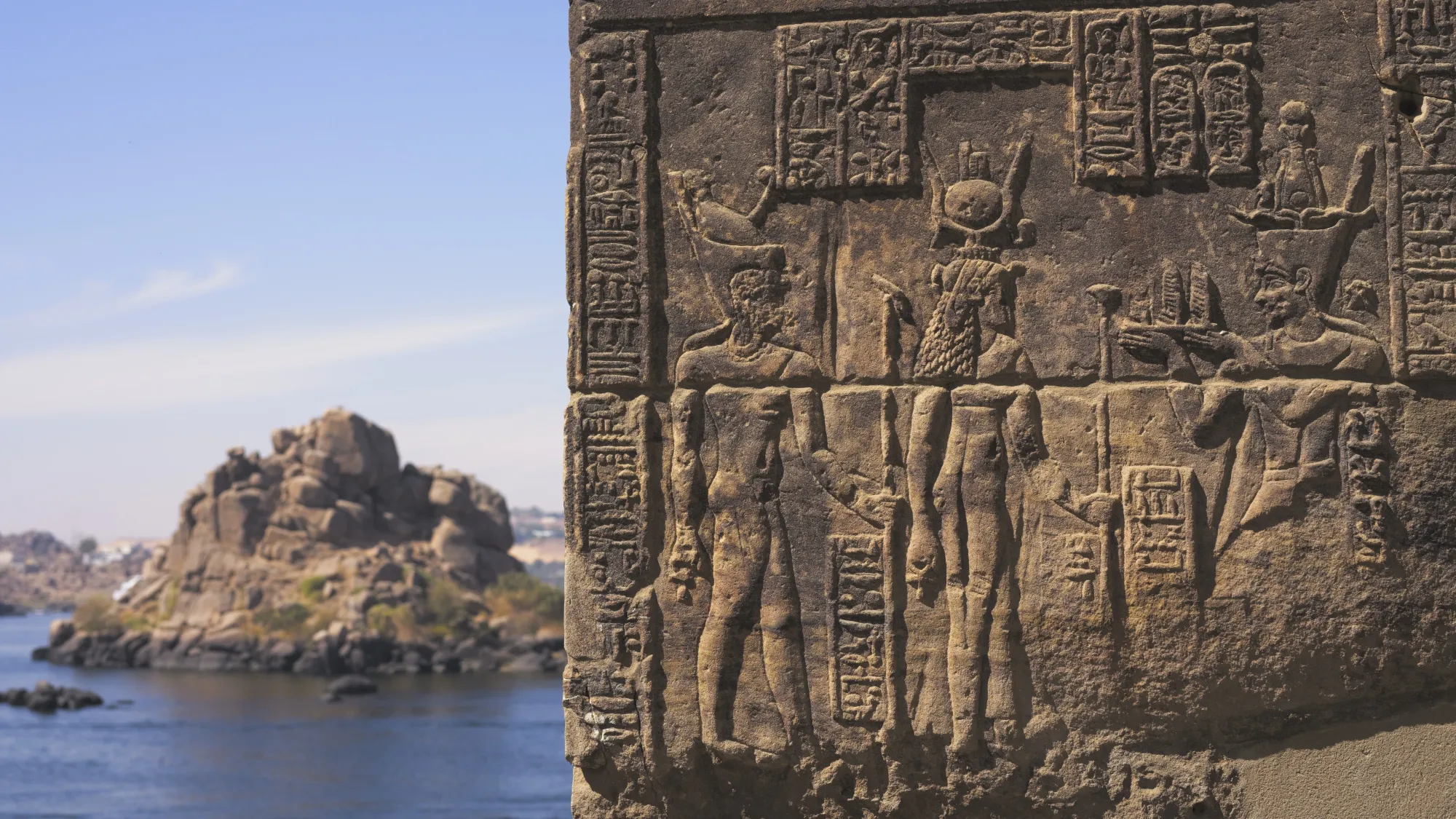
We had different guides at each temple, walking us through the unique histories of the temple’s setting. They broke down the symbolism of the Egyptian kings and deities, the imagery surrounding the kingdoms of Upper and Lower Egypt, and how any pharaohs after they merged still honored both with their crowns.
The Nile itself was beautiful. It was a rich dark blue with reeds lining the bank. It looked like every children’s illustration ever told me it would. It was surreal to ride along the river, and we loved every breathtaking minute of the experience.
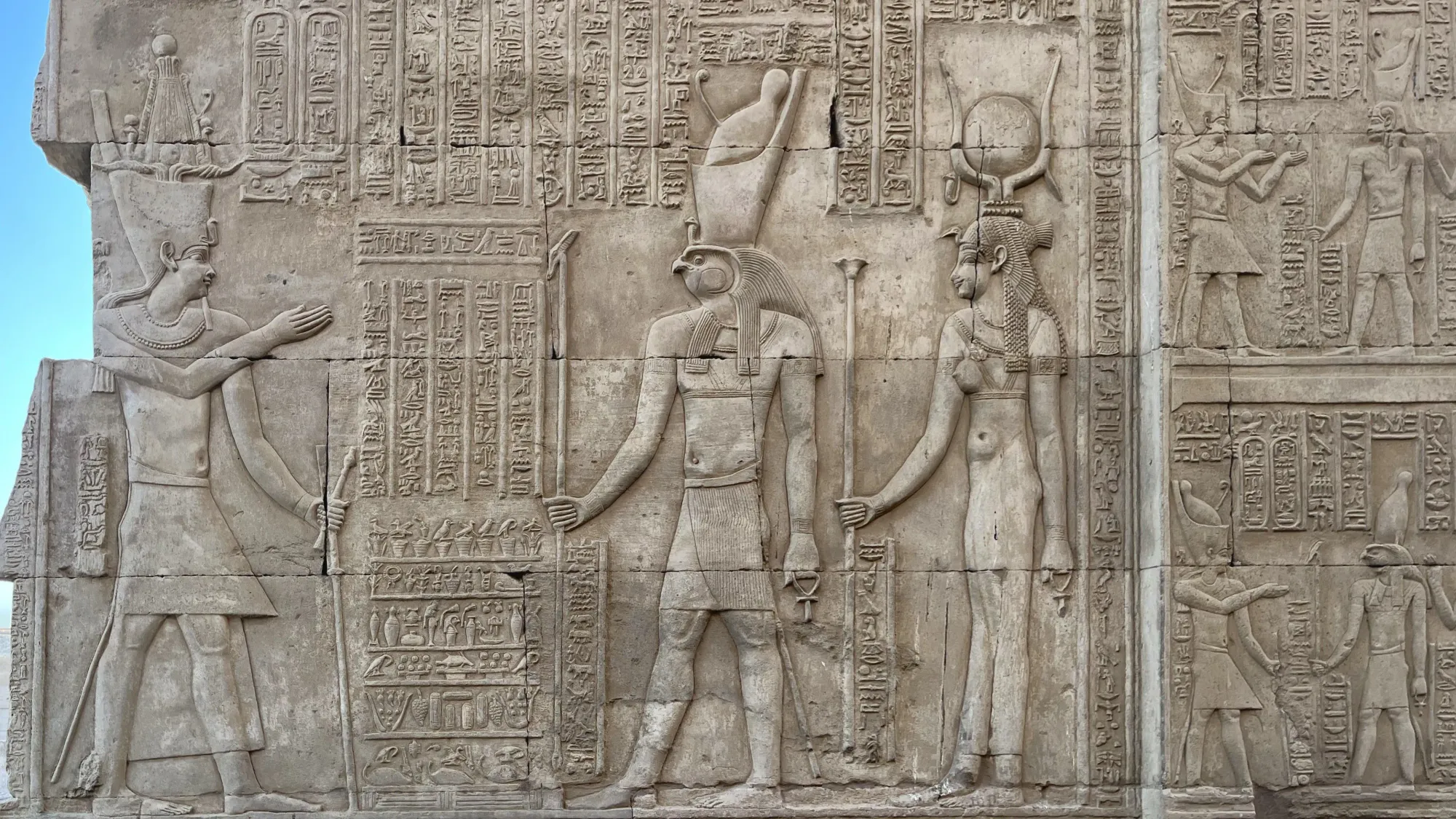
Our river cruise ended in Luxor, where we visited several more significant temples and tombs (Hapshetsut’s Temple, Luxor Temple, etc.). The most impactful of which was the Valley of the Kings. This is where researchers have successfully found partially or (in the case of King Tutankhamun – which is why he is so famous) wholly in-tact tombs. We had the opportunity to walk into several different underground constructions, each more elaborate than the last. The paintings on the walls are still clear and vibrant. You can (if you understand hieroglyphics) read the stories recorded here and count the histories that were so painstakingly recorded. Our childhood education focused on the significance of ancient Egypt, and the pyramids were the center of that story. For us, being able to walk temple to temple and down into these tombs of kings and see the reliefs etched and painted into the walls made it all feel so much more real. This was the part of history I had not seen pictures of and was in love with while we visited.
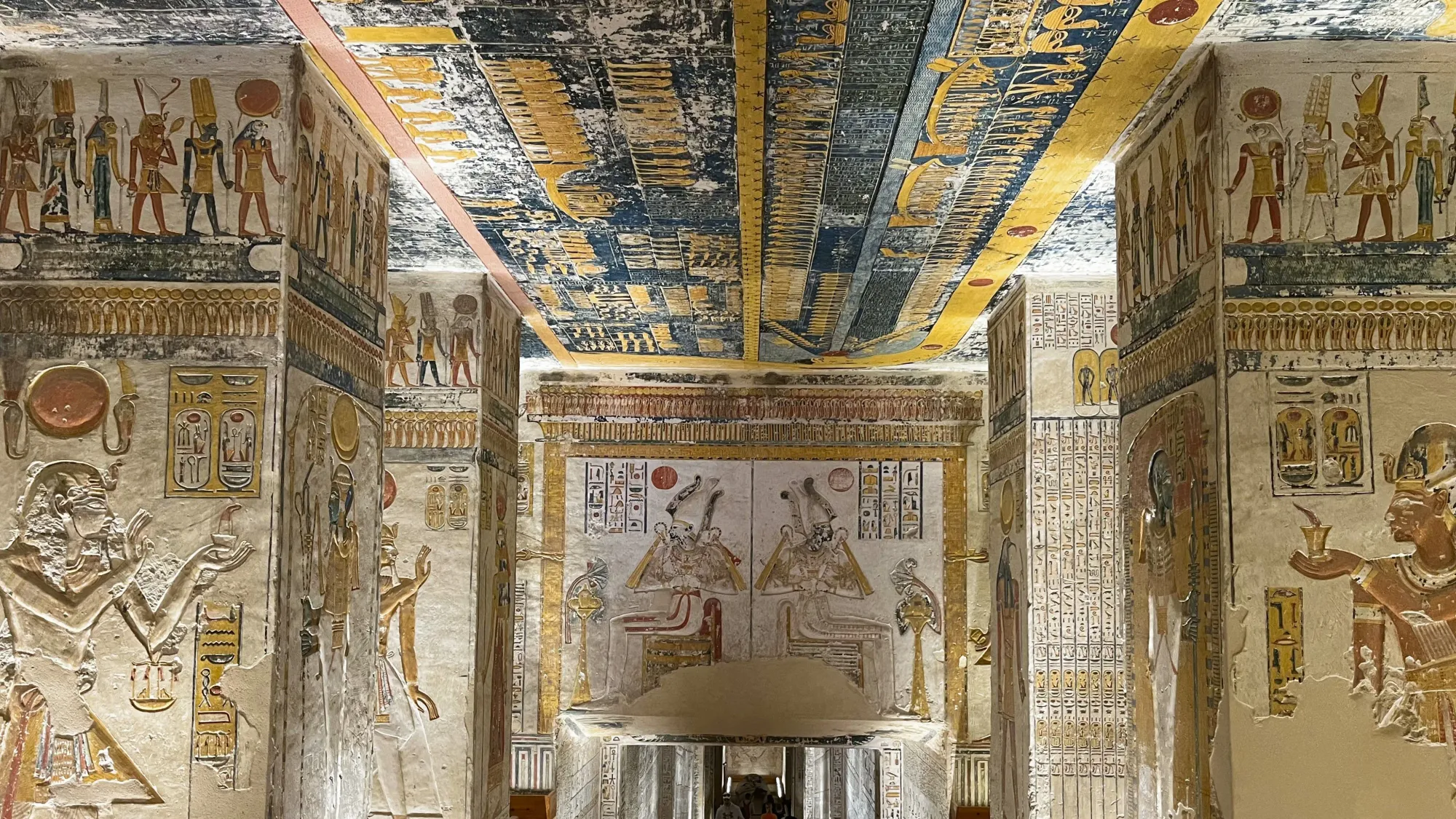
The singular most shocking place we visited of them all was, for me, Karnak Temple. Somehow, I completely missed learning about this structure and its surrounding complex in history class. Upon entering through the Avenue of Sphinxes, we arrived at the Hypostyle Hall, and it took my breath away. The size of the columns was impressive in and of itself. The number of columns there (134 columns) also shocked us, and each still has its colored paint and carved reliefs that decorate them. It was mind-blowing to see how much craftsmanship went into this temple that really was never finished. It was ever-evolving, constantly growing, morphing, and taking on additional flavor from each successive ruler of Egypt. We really loved visiting here and consider it a highlight of our trip.
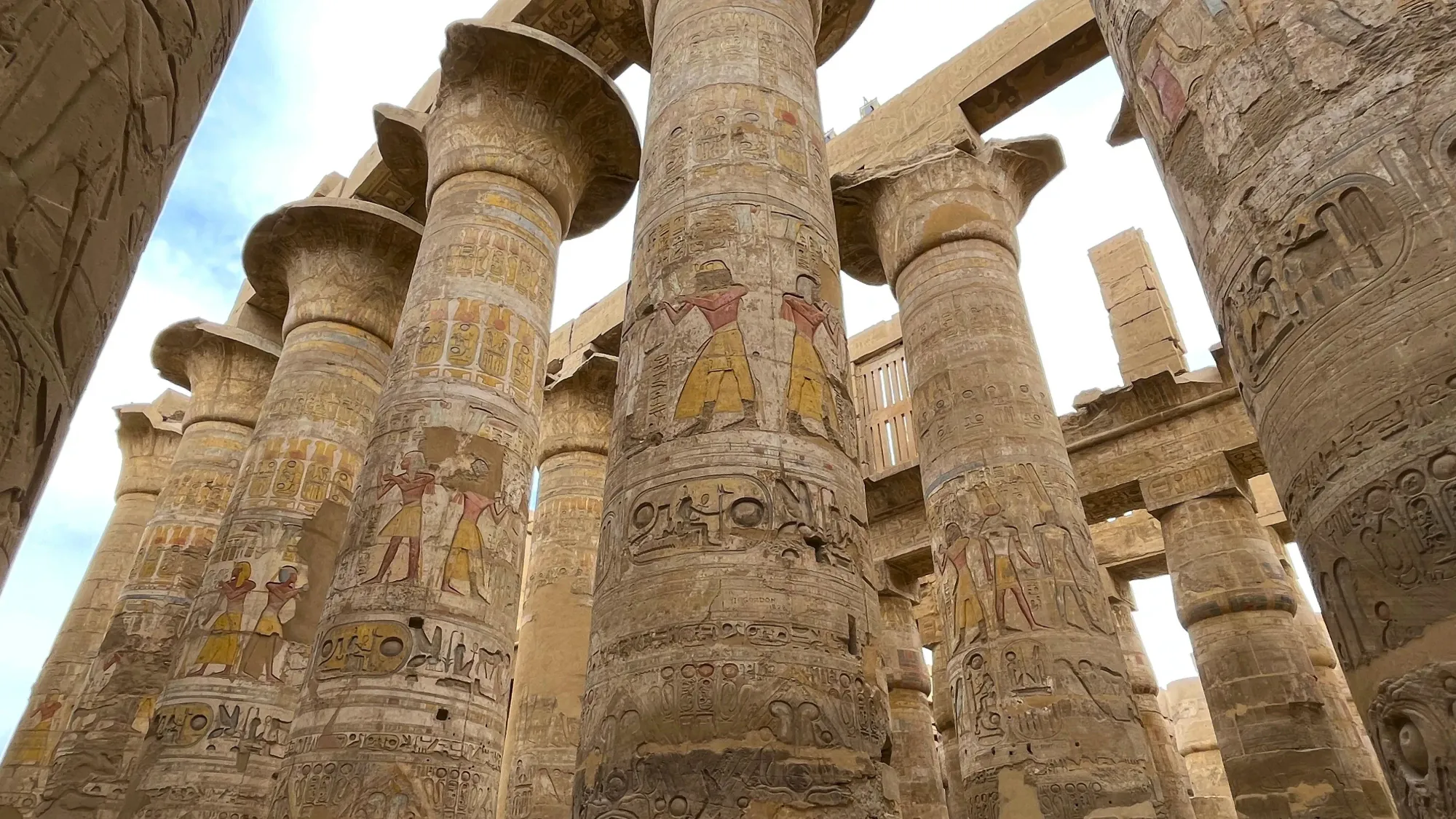
Entering Egypt, we were warned that it is considered one of the more uncomfortable nations to visit as a tourist. Many travelers find the hawkers to be pushy and demanding and find that the food safety and overall health and safety standards are not up to par. None of this was our experience though. We were armed with an array of tour guides, and were able to move monument to monument, temple to temple, and enjoy taking in everything around us. I am unsure if the advice was incorrect, or if we had just paid for an adequate buffer; but either way our venturing was comfortable and definitely a trip to remember.
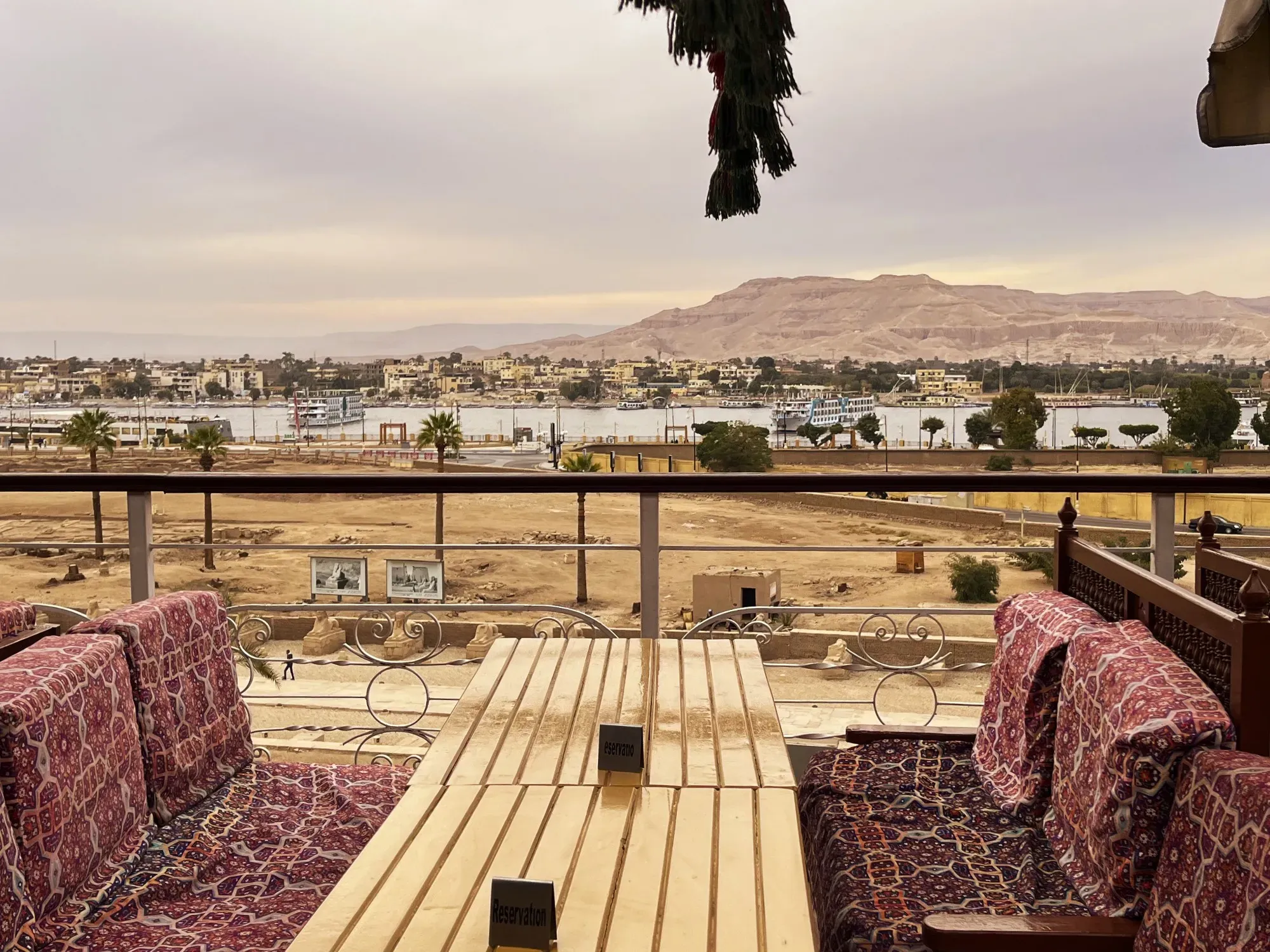
Unfortunately, we do have to leave sometime, so we have packed our bags. Fun fact, our next country is supposedly where purple dye was invented. Any guesses on where we are off to?
